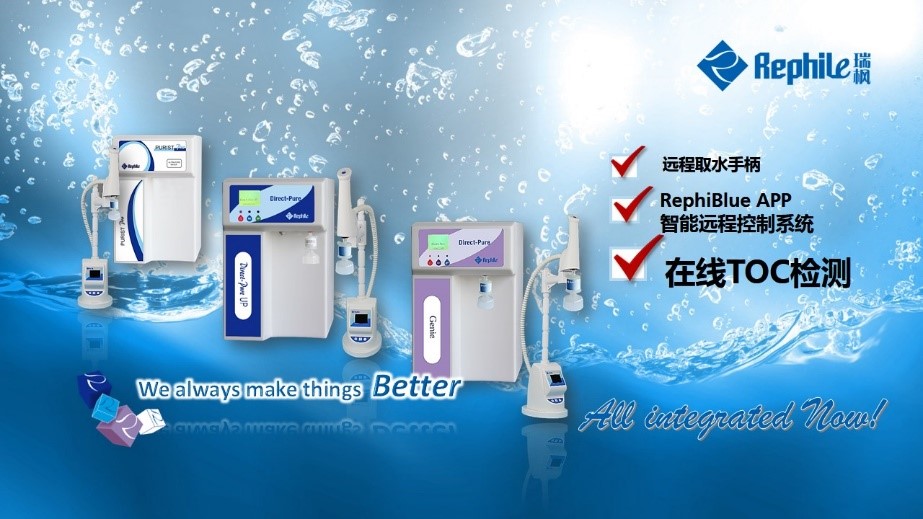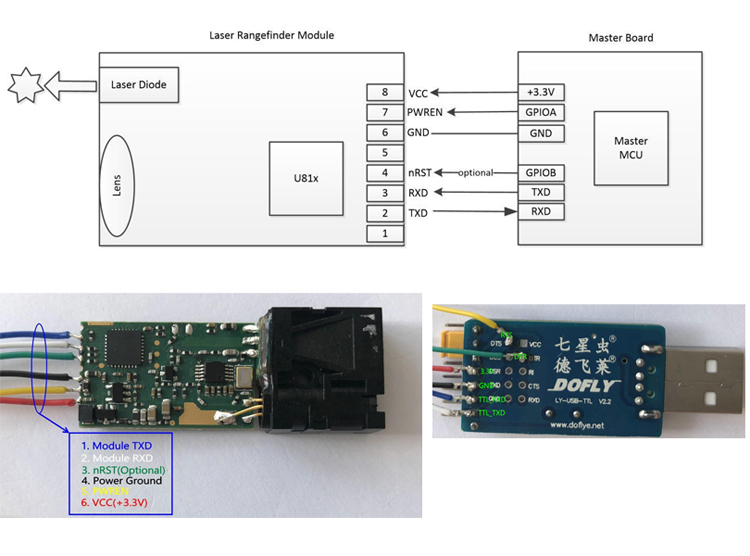ISPE Pharmaceutical Engineering Guide / USP USP Regulations on TOC Testing Methods
TOC (Total Organic Carbon, referred to as TOC), short for total organic carbon. Total organic carbon refers to the total amount of carbon in the dissolved and suspended organic matter in water. There are many kinds of organic substances in water, and different organic substances have different carbon contents. Usually we use "TOC" to indicate the total amount of organic matter in pure water, which is a key parameter to measure the quality of pure water.
There are many TOC detection methods. The basic principle is: firstly oxidize the carbon of the organic matter in the water to carbon dioxide CO 2 , eliminate the interference factor and measure it by the CO 2 detector, and then convert the CO 2 gas content into the concentration of the organic matter in the water by the data processing system.
The United States Pharmacopoeia Commission (USP) is an independent, non-profit, non-governmental organization that provides technical specifications for pharmaceutical quality standards and testing methods. The United States Pharmacopoeia (USP) issued by it has a great influence worldwide, and its standard system has been adopted by more than 130 countries and regions around the world. Based on the investigation of the pharmaceutical industry and other research results, USP has made a series of regulations and specific requirements for the determination of TOC and TOC. In the ISPE Baseline Pharmaceutical Engineering Guide Volume 4: Water and Steam Systems, the control requirements for total organic carbon are also given a detailed description of the USP regulations.
Although USP does not limit the TOC detection technology currently accepted by everyone, it is clearly stated that the detection method must be carried out by an analytical instrument or equipment based on the design principle of the complete oxidation method.
These analytical instruments for measurement can completely oxidize organic matter in pure water to produce CO 2 ; and obtain TOC values ​​by measuring the CO 2 level, and the minimum limit is 0.05 mg/L (0.05 ppb).

This section is excerpted from (ISPE Baseline Pharmaceutical Engineering Guide Volume 4: Water and Steam Systems)
In the laboratory pure water, ultra-pure water industry, only some high-end pure water meters have TOC detection function, but after careful study, they will find that the principles they use are not the same. Some companies use partial oxidation, which does not meet the requirements of USP. The accuracy of the results is actually discounted. Users must be clear when choosing, choose laboratory pure water products that meet the standard requirements.
The pure water TOC detection technology introduced by Lefeng in early 2017 adopts the whole oxidation method, which fully meets the requirements of TOC detection technology proposed by USP, and users can worry about water.

At present, RephiLe laboratory pure water equipment can be equipped with TOC detection functions:
——Direct-Pure Genie, using graded tap water as water, preparing grade I ultrapure water and grade II EDI pure water
——Direct-Pure UP (with water handle), using tap water as the inlet water, preparing grade I ultrapure water and RO pure water – PURIST Pro (with water handle), using pure water as water, preparation laboratory ultra pure water
Need to know other TOC related content, you can click:
Http://
Le Fengkepu: A Brief Discussion on Ultra-Pure Water TOC Detection Method (1)
Http://
Le Fengkepu: A Brief Discussion on Ultra-Pure Water TOC Detection Method (2)
About Shanghai Lefeng Biotechnology Co., Ltd.
Shanghai Lefeng specializes in the development, design and manufacture of high-end water purification and laboratory separation and purification products, and is committed to providing cutting-edge, high value-added innovative products for life sciences and biotechnology. The Lefeng product line includes laboratory pure water systems, Millipore pure water compatible consumables and laboratory separation and purification products. Established ten years ago, Le Fengchuang set up its own brand RephiLe (Ruifeng), with more than 30 patents and multiple software copyrights. Products are sold to nearly 90 countries and regions around the world.
For more information on RephiLe products, please visit:
RephiLe Enterprise WeChat Name: Lefeng Pure Water

New product of U85 micro laser distance sensors use highly focused class 2 laser to detect objects or measure distances, and can return a measured value via varieties intface( serial, usb, rs232, rs485, bluetooth etc.). The electronic distance sensor is a very small Laser Distance Sensor, but high resolution up to 1mm and long distance measuring sensor - teachable measuring range of up to 30m. Extremely accurate distance sensing sensors, errors down to ± 1mm. And the mini sensors and measurements support continuous measurement function, great for compact solutions(eg: robots) with the smallest Laser Distance Sensor of the world!

Parameters of U85:
Accuracy
±1 mm (0.04 inch)
Measuring Unit
mm
Measuring Range (without Reflection)
0.03-20m/0.03-30m
Measuring Time
0.1~3 seconds
Laser Class
Class II
Laser Type
620nm-690nm, <1mW
Size
41*17*7mm (±1 mm)
Weight
About 4g
Voltage
DC2.0~3V
Electrical Level
TTL/CMOS
Certifications
CTNT, FDA, CE, FCC, RoHS, etc.
Operating Temperature
0-40 ℃ (32-104 ℉ )
Storage Temperature
-25~60 ℃ (-13~140 ℉)
Mini Laser Distance Sensor,Optical Laser Distance Sensor,Smallest Laser Range Sonsor,Laser Measuring Sensor
Chengdu JRT Meter Technology Co., Ltd , https://www.rangingsensor.com